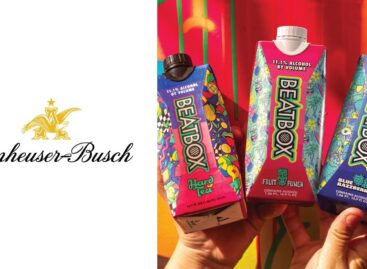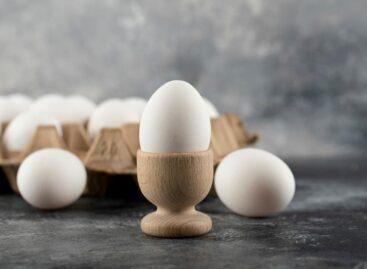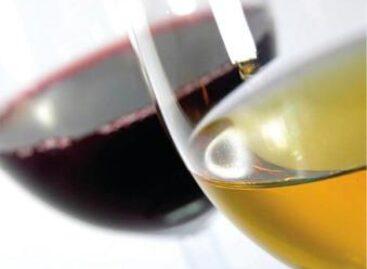An exciting, exotic world
Our magazine has asked the biggest players in the domestic rum and tequila categories about the market situation.
This article is available for reading in Trade magazin 2024/5
Zoltán Kedves, director of premium alcoholic beverages at Coca-Cola HBC Magyarország:

Zoltán Kedves
director of premium alcoholic beverages
Coca-Cola HBC
“Premium alcoholic beverages are getting a stronger presence in our portfolio. Consumer attitude is changing: the trend of “less, fewer times, but better” is definitely prevailing”.
Rum has become an exciting and diverse category. In 2023 sales of mainstream products from Bacardi – the market leader brand distributed by Coca-Cola – increased, but the category’s engine was the super-premium segment.

Attila Piri
marketing director
Heinemann
“International trends are reaching us, there is a visible interest in both rum and tequila in the on-trade channel, especially in high-end bars. Several premium rums and tequilas have already appeared in the market”,
says Attila Piri, marketing director of Heinemann.
Their standard rum is Old Pascas and the company also sells 73% Old Pascas brown rum, alongside White and Dark Barbados. They market Barbadian, Jamaican and Panamanian rums too: the Doorly’s, Seales’s and Mezan brands.
Upwards and forwards

Csilla Tollas
portfolio brand manager
Liquid Gold
“After the pandemic there has been a significant increase in demand in the premium and premium+ categories”,
says Csilla Tollas, portfolio brand manager of Liquid Gold.
In Hungary the premium segment continues to grow both off- and on-trade, although the current economic situation doesn’t favour this segment. Domestic consumers are still getting to know rum; overall, we are talking about a very narrow consumer segment. In the on-trade channel rum-based cocktails are very popular. In addition to the company’s flagship brand Matusalem, their portfolio includes the long-established Legendario, Centenario, Pusser’s, Ypióca, and Caribbean Remedy, plus the Asian Naga and the Japanese Minoki brands.

Dávid Gábor Kovács
marketing director
Zwack
“In the rum category we market the Captain Morgan and Zacapa brands. Manufacturers and distributors have noticed the premiumisation of the rum category, so the focus is shifting to premium and super-premium brands in more and more HoReCa and retail locations”,
says Dávid Gábor Kovács, marketing director of Zwack.

Bálint Meskó
co-owner
Premirum Europe
“As rum enthusiasts, we have founded Premirum Europe with Dr Csaba Pipei, with the mission of bringing the world’s finest drinks to domestic consumers. We represent a number of internationally renowned and emerging premium brands in Hungary and in Central Europe, such as Rum Nation, Cihuatán, Nativo, Naud Hidden Loot, Rosemont, Izalco and Canoubier”,
reveals Bálint Meskó, co-owner of the company that specialises in rums.
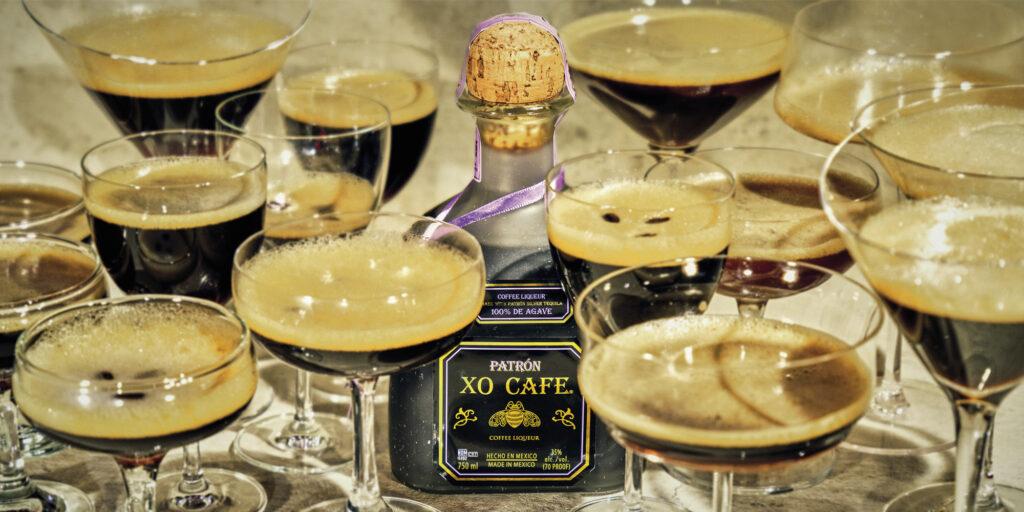
Although it cannot escape the influence of trends, tequila is relatively rarely flavoured – it is then called a liqueur. Coffee tequilas representing a niche-segment are not very successful in Hungary (and in Europe), but they are starting to regain popularity in the US: Patrón, for example, is going to be reintroduced this year after being phased out in 2021
Objectives and characteristics

Dr. Krisztián Garamvölgyi
managing director
Kikimix
“There are more and more distributors in the domestic market, so finally you don’t have to settle for 1-2 brands, as you can choose from lots of products selecting based on price, quality, production technology, uniqueness, flavour and character”,
says Dr Krisztián Garamvölgyi, managing director of Kikimix Kft., a two-time world and Hungarian champion bartender.
The reason why rum consumption isn’t growing so dynamically is that everything arrives in Hungary with a few-year delay, and that young people don’t really like characteristic flavours.
Csilla Tollas believes there is still room for improvement, and her company is trying to do its best with tasting sessions, education, and the involvement of brand ambassadors. Shoppers tend to do impulse buying, with more expensive drinks being more likely to be purchased for special occasions. Most people are willing to pay between HUF 10,000 and 15,000 for a bottle of spiced rum.
Bálint Meskó points out that many whisk(e)y drinkers are open to the world of rums and are easily “tempted” to go on an adventure. Thus, the premium rum segment is becoming increasingly important in both the retail and HoReCa channels. Generally Hungarians like spicier, more aromatic, flavoured rums.
The flower of the agave
In the tequila category Coca-Cola HBC distributes the El Jimador (mainstream) and Patron (premium) brands, informs Zoltán Kedves. Based on currently available data for 2022, the overall market share for tequila is below 1% in volume and around 2% for rum. In July 2023 Zwack restarted marketing 4 variants of Don Julio luxury tequila – Blanco, Reposado, Anejo and 1942, we learn from Dávid Gábor Kovács. The tequila market is still one of the smallest categories in Eastern Europe, but examples from Western Europe show that the category is becoming more premium and growing dynamically.
Attila Piri opines that in retail tequila is the smallest beverage category: there were years when it was practically a single-player segment, with a few private label products thrown in. Today shoppers can find a growing number of premium brands in grocery stores. In the on-trade channel there was a major tequila boom in the early 2000s, followed by a downturn later. Sierra Tequila (Silver and Reposado), the company’s number one tequila brand has been the market leader in Hungary for many years. This year they are launching Sierra Tequila Tropical Chilli. Dr Krisztián Garamvölgyi thinks tequila sales won’t increase in the foreseeable future, but he sees growth potential in the aged and top premium lines. In product innovation he would like tequila to be a base ingredient for RTD drinks and also as a flavoured product. //
Excellent sips
We have asked our distributor partners to introduce one of their favourite rums or tequilas.
ZOLTÁN KEDVES: Bacardi Caribbean Spiced
A light and spicy aged rum with fresh pineapple, coconut water and the special sweetness of coconut blossom sugar.
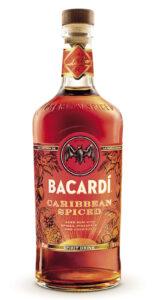
DÁVID GÁBOR KOVÁCS: Don Julio Blanco
Don Julio Blanco is a smooth and fresh tequila, with a distinctive fresh citrus and sweet flavours.
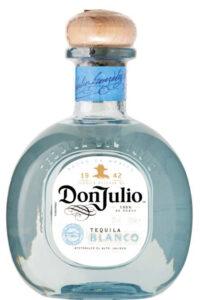
BÁLINT MESKÓ: Cihuatán Indigo
A light and engaging rum solera-aged for at least 8 years. Notes of vanilla, dark chocolate, hazelnut, cappuccino and lemongrass.
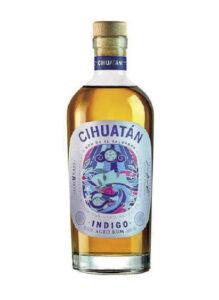
ATTILA PIRI: Doorly’s 12 Fine Old Barbados Rum
Made in the famous the Foursquare Distillery, which was founded in Barbados in 1920.
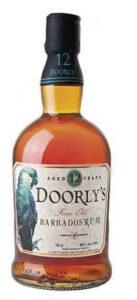
CSILLA TOLLAS: Matusalem Gran Reserva 15
Super-premium quality rum made by solera ageing. Definite, complex flavours of vanilla, caramel and a plum molasses aroma.//
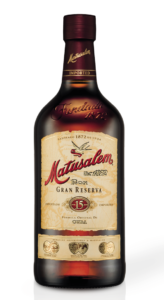
Do we open up to the new or stick with the familiar?


Guest writer:
Dorottya Csenge Brenner
analyst
Consumer Panel Services
Meanwhile rum and tequila are slowly but surely growing: 7.7% of households had one of the two in their shopping basket at least once in 2023, compared to only 4.5% of households five years ago. At the same time the volume sales of both drinks also increased from 2022 to 2023, which is only true for bitters and not for pálinka and vodka. The frequency of buying bitter liqueur has increased from 4 times a year to nearly 6 times per year. //
Related news
Anheuser-Busch acquires majority stake in BeatBox for $490M
🎧 Hallgasd a cikket: Lejátszás Szünet Folytatás Leállítás Nyelv: Auto…
Read more >We took you on a flight! (Part 2)
🎧 Hallgasd a cikket: Lejátszás Szünet Folytatás Leállítás Nyelv: Auto…
Read more >(HU) Újítók a kapu előtt
🎧 Hallgasd a cikket: Lejátszás Szünet Folytatás Leállítás Nyelv: Auto…
Read more >Related news
Egg prices up nearly one-third
🎧 Hallgasd a cikket: Lejátszás Szünet Folytatás Leállítás Nyelv: Auto…
Read more >Layers of problems
🎧 Hallgasd a cikket: Lejátszás Szünet Folytatás Leállítás Nyelv: Auto…
Read more >Too many gifts, too much food: our holiday excesses are putting a serious strain on the environment
🎧 Hallgasd a cikket: Lejátszás Szünet Folytatás Leállítás Nyelv: Auto…
Read more >
